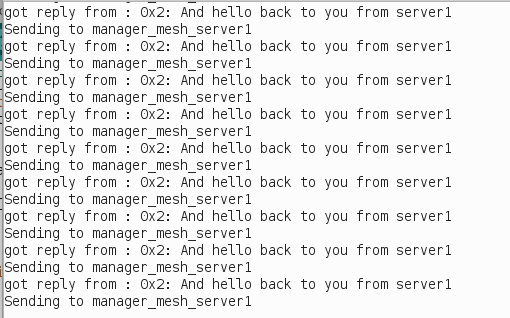Edge Collective
Simple LoRa Mesh
Experiments with the Radiohead RHMesh approach.Overview
LoRa connectivity (ISM band 900 Mhz in the US) is highly dependent on line-of-sight. This can be a challenge in many topologies of interest (urban, with buildings; rural, with trees / hills). The typical solution -- mounting a gateway at a very high location, in an attempt to achieve line-of-sight to remote nodes -- is not always feasible.
Non line-of-sight connections are still possible -- they are just very unreliable, and signal strength / connectivity may fluctuate based on the precise orientation and location of any intermediate objects / ground cover.
This is why a 'mesh' networking setup for lora sensor nodes becomes very appealing; one might be able to deploy 'self-healing' collections of nodes that can pass messages along via a chain of connections.
References
Basing my experiments on a fantastic writeup by nootropicdesign -- LoRa Mesh Networking with Simple Arduino-Based Modules, and its associated source code on github.
Also note that there is an RH MESH client example here -- though it is currently based on the RF22 radio.
Also notice the other examples of mesh servers and clients here.
Near-term Goals
- Understanding the flow of data through the mesh to a target node from a source node;
- Visualizing the flow of data
- Adding GPS in order to track location of at least the source node;
- Testing the memory impact on the 328p of using N nodes
Experiments
I believe that the standard appproach to mesh networking might be simpler than the nootropic design example. It might simply involve a mesh 'server', and then mesh 'clients'.
A simple verison might only have two types of node:
- a simple server; and
- a simple client.
Server side:

Client side:
